Interpreting LGBT History at Museums and Historic Sites
Interpreting History
SERIES EDITOR
Russell Lewis, Chicago History Museum
EDITORIAL ADVISORY BOARD
Eloise Batic, Indiana Historical Society
Jessica Dorman, The Historic New Orleans Collection
W. Eric Emerson, South Carolina Department of Archives and History
Tim Grove, National Air and Space Museum
Lorraine McConaghy, Museum of History and Industry, Seattle, Washington
Sandra Smith, Heinz History Center
Ellen Spear, Heritage Museums & Gardens
Larry Wagenaar, Historical Society of Michigan
STAFF
Bob Beatty, AASLH
Charles Harmon, Rowman & Littlefield Publishers
About the Series
The American Association for State and Local History publishes the Interpreting History series in order to provide expert, in-depth guidance in interpretation for history professionals at museums and historic sites. The books are intended to help practioners expand their interpretation to be more inclusive of the range of American history.
Books in this series help readers:
quickly learn about the questions surrounding a specific topic,
introduce them to the challenges of interpreting this part of history, and
highlight best-practice examples of how interpretation has been done by different organizations.
They enable institutions to place their interpretative efforts into a larger context, despite each having a specific and often localized mission. These books serve as quick references to practical considerations, further research, and historical information.
Titles in the Series
Interpreting Native American History and Culture at Museums and Historic Sites by Raney Bench
Interpreting the Prohibition Era at Museums and Historic Sites by Jason D. Lantzer
Interpreting African American History and Culture at Museums and Historic Sites by Max van Balgooy
Interpreting LGBT History at Museums and Historic Sites by Susan Ferentinos
Interpreting Slavery at Museums and Historic Sites by Kristin L. Gallas and James DeWolf Perry
Interpreting LGBT History at Museums and Historic Sites
By Susan Ferentinos
ROWMAN & LITTLEFIELD
Lanham Boulder New York London
Published by Rowman & Littlefield
A wholly owned subsidiary of The Rowman & Littlefield Publishing Group, Inc.
4501 Forbes Boulevard, Suite 200, Lanham, Maryland 20706
www.rowman.com
Unit A, Whitacre Mews, 26-34 Stannary Street, London SE11 4AB
Copyright 2015 by Rowman & Littlefield
All rights reserved . No part of this book may be reproduced in any form or by any electronic or mechanical means, including information storage and retrieval systems, without written permission from the publisher, except by a reviewer who may quote passages in a review.
British Library Cataloguing in Publication Information Available
Library of Congress Cataloging-in-Publication Data Available
ISBN 978-0-7591-2372-4 (cloth : alk. paper)
ISBN 978-0-7591-2373-1 (pbk. : alk. paper)
ISBN 978-0-7591-2374-8 (electronic)
 The paper used in this publication meets the minimum requirements of American National Standard for Information SciencesPermanence of Paper for Printed Library Materials, ANSI/NISO Z39.48-1992.
The paper used in this publication meets the minimum requirements of American National Standard for Information SciencesPermanence of Paper for Printed Library Materials, ANSI/NISO Z39.48-1992.
Printed in the United States of America
For Danielle,
My Sunshine
Acknowledgments
T he first time I ever spoke with Bob Beatty, I was on vacation in the LGBT tourist town of Provincetown, Massachusetts. He called to discuss a business matter, but we soon became dear friends. A few years later, Bob once again intersected with my love of the queer past, when he called to suggest I write a book on interpreting LGBT history for museums and historic sites. He has been a wonderful colleague since the day I met him, and it is only fitting that I begin my acknowledgments with him.
Bob gave me the idea for this project, but it was Lois H. Silverman who convinced me to do it. Her enthusiasm for the project at its conceptual stage shifted my thinking from a scarcity of time to an abundance of possibility, and I am very grateful, because this effort became a labor of love for me. Likewise, encouragement from Barbara J. Howe, Heather Huyck, and Margaret (Peg) Strobel in the books early stages set me on a steady path of exploration and productivity.
At key stages of the research and writing, I had the privilege of presenting my work and participating in conversations with audience members. I thank the Indiana University Department of History, the University of Michigan Eisenberg Institute for Historical Studies, the American Association for State and Local History Annual Meeting, and the American Alliance of Museums Annual Meeting for hosting me, and I thank those who attended these talks for their feedback and questions. I also thank Mary Rizzo and the rest of the editorial staff at the Public Historian for inviting me to reflect on this topic as part of the journals blog.
To me, research often feels like detective work, and that was certainly true when locating examples of LGBT historical interpretation and its related literature. I am grateful to Donna Graves, Stacy Klingler, Laura A. Miller, and Stephanie Lehner Rowe for pointing me toward sources I would not have found otherwise. Bob Beatty again proved indispensable in this regard, sending me everything of relevance that he found in his wide travels of the museum world.
This book has benefited from the expertise of those who guided its progress. Wendy Gamber has patiently guided my professional development for nearly twenty years, and most recently this mentoring has expanded to include book writing. Charles Harmon, my editor at Rowman & Littlefield, filled a similar role, walking me through the more mysterious parts of the publishing process.
In the same vein, the authors of this volumes case studiesJill Austin, Jennifer Brier, Kyle Parsons, Kenneth C. Turino, and Stewart Van Clevemade significant contributions, both to the manuscript and to my thinking on the topic. I thank them for their willingness to share their experiences so that others might learn from them. Numerous othersErin Bailey, Wesley Chenault, David Jobin, Stacia Kuceyeski, Janice Monger, Nicole Robert, and Elizabeth Tuckerwere kind enough to share their insights on interpreting LGBT history. Nearly all of these folks, plus Melissa Bingmann, Michelle McClellan, Marla R. Miller, Lori Osborne, Margaret Puskar-Pasewicz, and John Spurlock, reviewed parts of the manuscript and offered useful feedback.
Any author is fortunate who has a band of dedicated friends who will cook good food and happily provide an antidote to the solitude of writing while at the same time being flexible if inspiration should happen to strike shortly before a planned rendezvous. For conviviality and support, I thank Beth Applegate, Tracy Bee, Joe Donnelly, Robert Downey, Lori Garraghty, Gabrielle Goodwin, Matthew Hicks, Jennifer Hottell, Trish Kerl, Pam MacLaughlin, Rebecca Stanze, Harvey Stark, Julia Valiant, and Jennifer Wagelie. I thank Oscar Hicksbee for offering me the sweet escape of baby love and Mora MacLaughlin for allowing me to simply be an adult fixture of her life, no questions asked.
While I immersed myself in these explorations, real life was happening all around me. I am profoundly grateful to my parents, Joan Romano Ferentinos and Spero Ferentinos, and my siblings and their spouses, Ann Ferentinos, Peter Ferentinos, Joann Zaloga, and Paul Zaloga, for granting me the space to complete this project. Each of them shouldered a heavier burden of family responsibility so that I could write this book, and I thank them all for their willingness to do so.



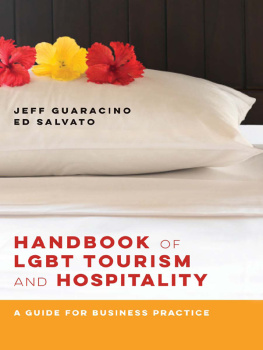
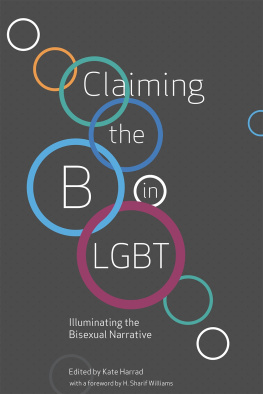
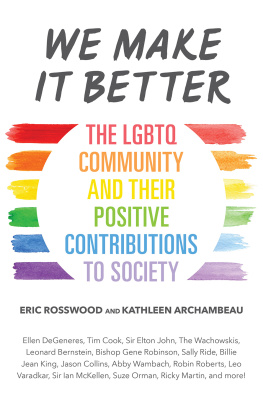
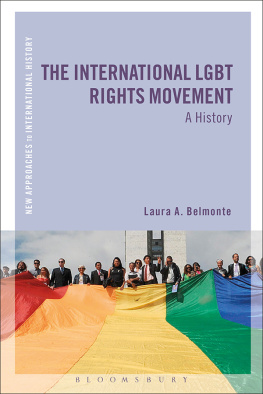
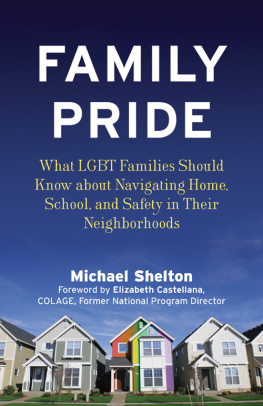
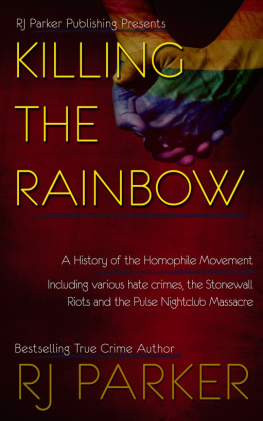
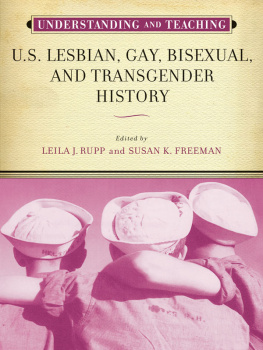
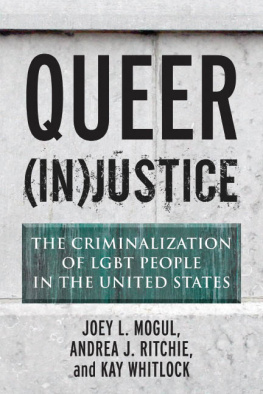
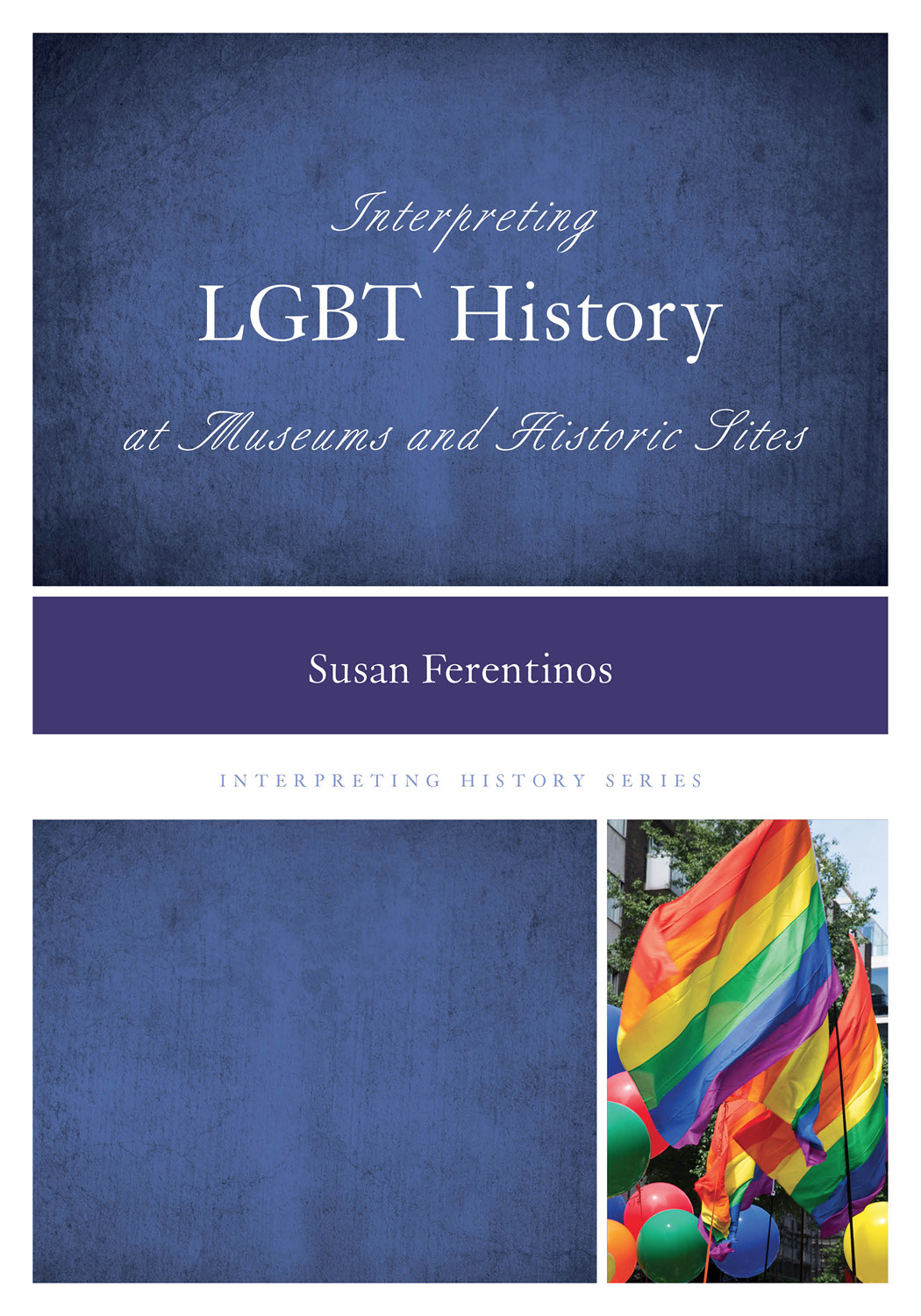
 The paper used in this publication meets the minimum requirements of American National Standard for Information SciencesPermanence of Paper for Printed Library Materials, ANSI/NISO Z39.48-1992.
The paper used in this publication meets the minimum requirements of American National Standard for Information SciencesPermanence of Paper for Printed Library Materials, ANSI/NISO Z39.48-1992.